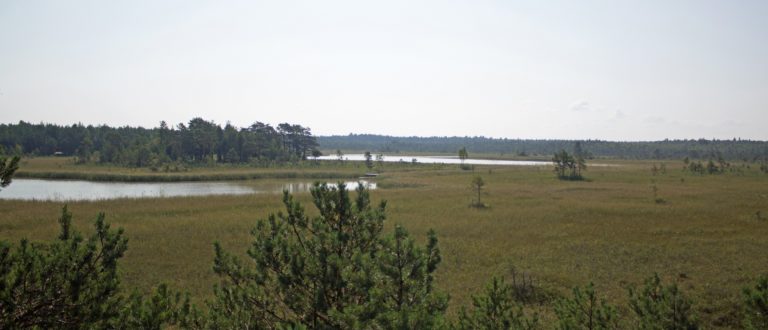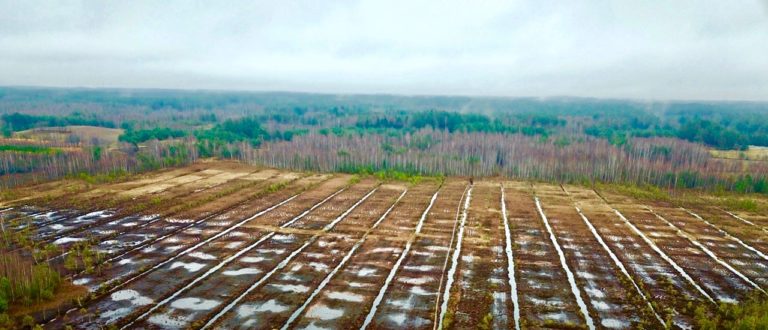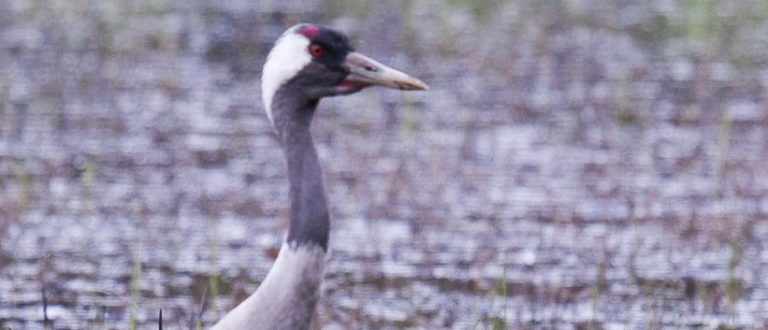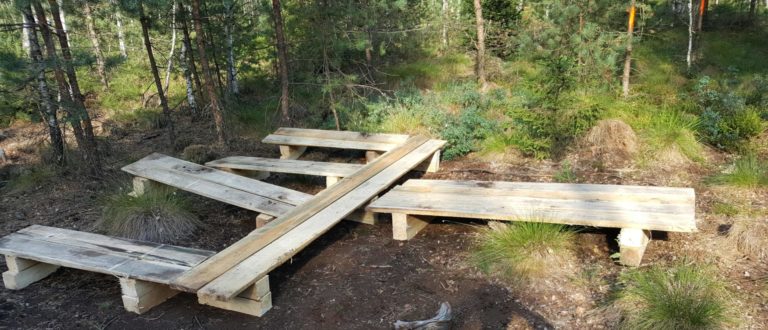
Results of data collection in peatlands from Germany, Poland, Lithuania, Latvia and Estonia
Degraded peatlands, abandoned after exploitation, emit continuously and intensely; disproportionately more in comparison to the size of the area they occupy. In fact, undamaged peatlands store around 30 percent of the global carbon on only 3 percent of the land area. LIFE Peat Restore aims to reduce greenhouse gas (GHG) emissions from degraded peatlands by … read more










